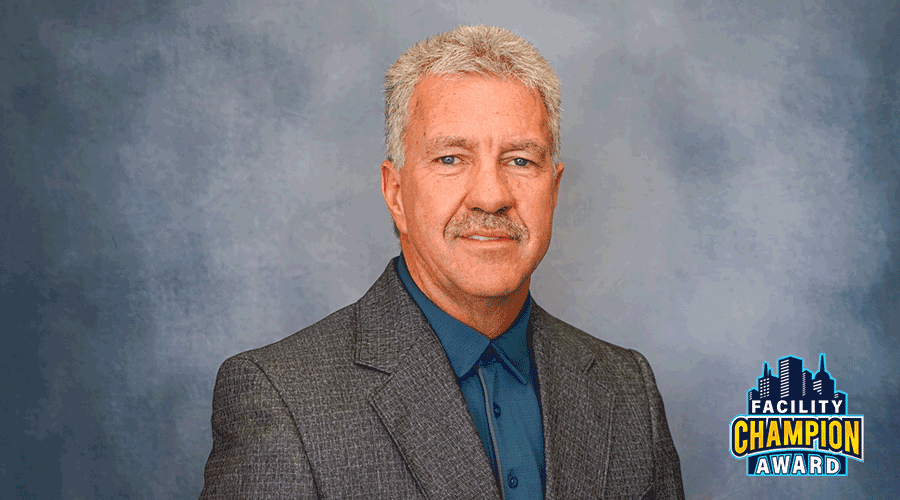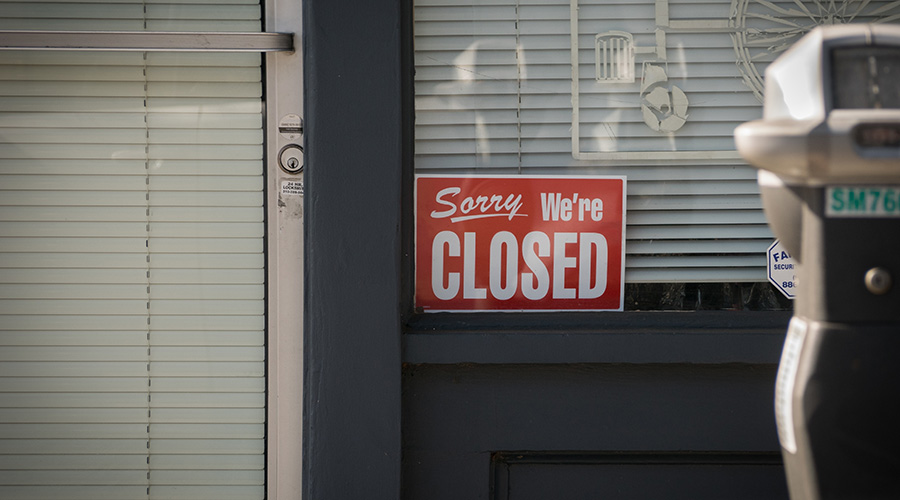
Attracting and Retaining Younger Talent in Facilities Management
Leveraging technology, embracing new forms of communication and showing a path for career development are critical to getting newer generations interested. September 19, 2024
By Jeff Wardon, Jr., Assistant Editor
Facilities management faces a crisis that other fields are also seeing: an aging workforce and a struggle to get new blood into the industry. With a chunk of the workforce beginning to close in on retirement age, facilities management needs to introduce its field to younger generations to keep it alive and well.
Given this crisis, many facility managers are looking for methods of attracting younger talent to the industry. John Rimer, president of FM360 Consulting, will address this and more as part of a Facility Influencer panel during the session “Developing Your Team for Long-term Success” at NFMT Remix 2024 in Las Vegas from October 29 to 30.
FacilitiesNet: What strategies have proven most effective in attracting younger talent to facility management roles, especially in an industry where the workforce is aging?
John Rimer: Honestly, I don't know that we've been that successful trying to encourage the young folks to get involved. Though, I believe there are some tactics that we could employ. The first is being very intentional at having internships, because that's even how I got into facilities many moons ago as an intern, and now I’ve been doing it for almost 30 years. Also, a couple of the young guys that work for me didn't start up as interns, but they were recruited for their knowledge and skill sets, and then I equipped them on the facility side. So, I think that's an option to look at what knowledge, traits or skillsets they could have.
I would also expand on that: it’s not just within the facilities arena, but I'd say even in the skilled trades side of it, we need to partner with the technical colleges. Some of our different clients that we work with have had success in doing that. So, I think that reaching out, partnering with the local universities and colleges has proven successful. However, I would argue that we need to go one step further back and start making contact in high school. This is because high school is when these kids are thinking about where they want to go to university. Well, then let's start trying to give them some options and show them that facility management is an actual career path.
FacilitiesNet: How can facility departments better leverage technology and modern tools to appeal to a new generation of workers who may not initially consider the field?
Rimer: From the recruiting side of things, I am working on promoting through social media. We know that the average age of both your facility management and facility engineers is in the mid to upper 50s, and they like to communicate in a certain way. However, younger generations like my kids are relying more on instant chatting and social media. So, how do we start leveraging some of the other social media platforms to communicate and educate about viable career path options? Also, what does it look like to get there? I've got a media specialist on my team now that's helping me to engage the younger generations with educational content that we push out there through different social media channels.
On the operational side, you have got to have a robust maintenance management system. We still sadly very much function in an Excel and paper driven world within facilities and it drives me nuts. We need to continue to evolve and leverage technology like CMMS and BMS to manage our assets, our maintenance and our operations as a whole.
Now, the other part of technology which I think is exciting would be this drive towards condition-based maintenance. We know we do not have enough technical resources or enough hands to turn the wrenches, and it's only going to get worse. So, then the alternative is we must lean on technology. I think this is a great way to entice this newer generation and we need their skill sets even for doing simple things like system integrations. That's where I think we can work to speak their language and again leverage some of their knowledge and expertise that some of us industry veterans don't have.
FacilitiesNet: How can ongoing professional development be structured to not only enhance the skills of new hires, but also ensure their long-term retention and growth within the field?
Rimer: We should basically build a career development road map. So again, let's say I go to a school and I'm trying to recruit, part of the sales pitch has to be trying to bring interested students into an exciting career path. We can say look, here's the things you know, this is how you can grow and here's the opportunities that await you. We haven't done that. We need to leverage our people to stay on top of industry trends, such as certifications and technology, so it's not just me as the facility manager having to know everything. You need to divide and conquer and build that into the career development road map.
So, I would say again, develop that larger career development road map with benchmarks of what knowledge and education are needed. Now, you're going to hear the argument I trained them up then they're just going to leave. Yes, that potential absolutely is there. It's not just the training, education and experience you must give them, but it's also enticing them to stay.
Another factor is going to come down to money and respect. The employee could say they could make more money jumping ship and going over to this other company. However, if that other company doesn't have a career path, then that employee will wonder what their growth will look like. We should be showing them this is what that growth could look like from a development standpoint. We're sweetening the pot to make it less enticing for them to jump ship for a few more bucks an hour.
To learn more about attracting and retaining younger talent, be sure to check out this panel discussion at NFMT Remix 2024 this October. Register for Remix here.
Jeff Wardon, Jr., is the assistant editor for the facilities market.
Next
Read next on FacilitiesNet












